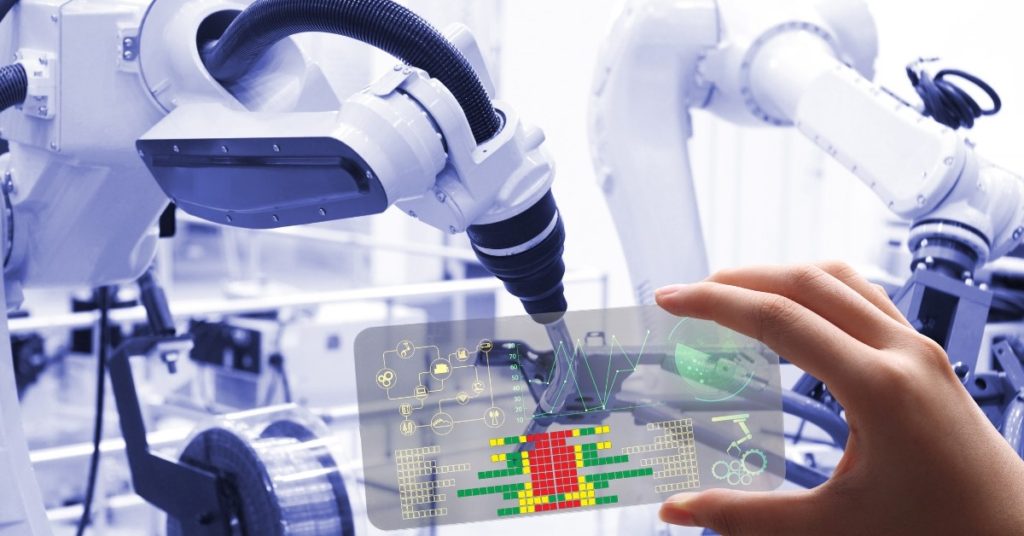Unplanned downtime caused by equipment or machine breakdown costs money and eats into your profits. Modern technology provides a solution that offers significant improvements compared to other methods that are used to maintain machines and prevent unplanned downtime. That solution is predictive maintenance.
In other words, using real-time data to predict in advance when a machine is likely to breakdown as well as identifying the cause of that failure. Maintenance can then be scheduled before this event occurs.
This is different from the planned maintenance model, a model which is widely used but which has several flaws.
The Problem with Planned Maintenance
Most manufacturing facilities use planned equipment and machine maintenance models. In other words, they work from a pre-determined schedule to organise maintenance work on machines, often based on the number of hours the machine has been in operation.
This model is outdated, however. Of course, planning maintenance is better than leaving maintenance until something breaks. Planned maintenance is far from perfect, however.
Typically, planned maintenance schedules often come from OEMs who base maintenance schedules on best practices, generalisations, and, when they have it, aggregated data.
Planned maintenance schedules cannot take into account the specific circumstances of your manufacturing facility, however. After all, a machine on your production line will operate under a completely unique set of parameters compared to any other machine of the same make and model in any other manufacturing facility. This creates the potential for unplanned downtime.
This is the problem that predictive maintenance can solve.
You Should No Longer Accept Unplanned Downtime
Unplanned downtime is something that manufacturing facilities have always sought to combat. After all, unplanned downtime, however minor, means lost productivity which, ultimately, hits the bottom line.
In previous decades, however, when planned maintenance schedules were the best option for preventing breakdowns, unplanned downtime was unavoidable – a necessary evil, so-to-speak.
This is not the case today, not least because technologies exist that make it possible to eliminate unplanned downtime caused by equipment failure.
Unplanned downtime is also unacceptable in modern manufacturing environments because of the highly competitive nature of many industries and the pressures that exist on profit margins.
Eliminating Unplanned Downtime with Predictive Maintenance
Predictive maintenance is the next step forward from planned maintenance schedules. At its most basic, predictive maintenance involves using sensor technologies to capture real-time data from machines. You then use software algorithms and reports to identify anything that indicates the potential for a breakdown.
Crucially, you will have this information while the machine is still operational. You can then arrange for maintenance work during a period of planned downtime.
It’s also possible to take predictive maintenance even further with digital twin technologies, for example, or machine learning.
With a digital twin of your machine or production line, you can test different scenarios in the virtual world using real-time data to predict performance and maintenance issues under different conditions.
With machine learning, you can build self-improvement into the predictive maintenance algorithm to further automate and enhance the process while driving even greater efficiencies in the machine maintenance process.
Benefits of Predictive Maintenance
- Eliminate unplanned downtime due to machine or equipment breakdown
- Reduces waste, such as the wasted materials that a breakdown can sometimes create
- Reduces the cost of repairs as breakdowns can often have a knock-on effect on a machine, creating problems other than the original failure
- Extends the useful life of the machine, reducing long-term capital expenditure
- All the above combined leads to improved productivity and increased profits
As with most technologies that come under the Industry 4.0 umbrella, you should take a structured and staged approach to moving to a predictive maintenance model. The technology exists today, though, so you should take your first steps now.


Comments are closed.